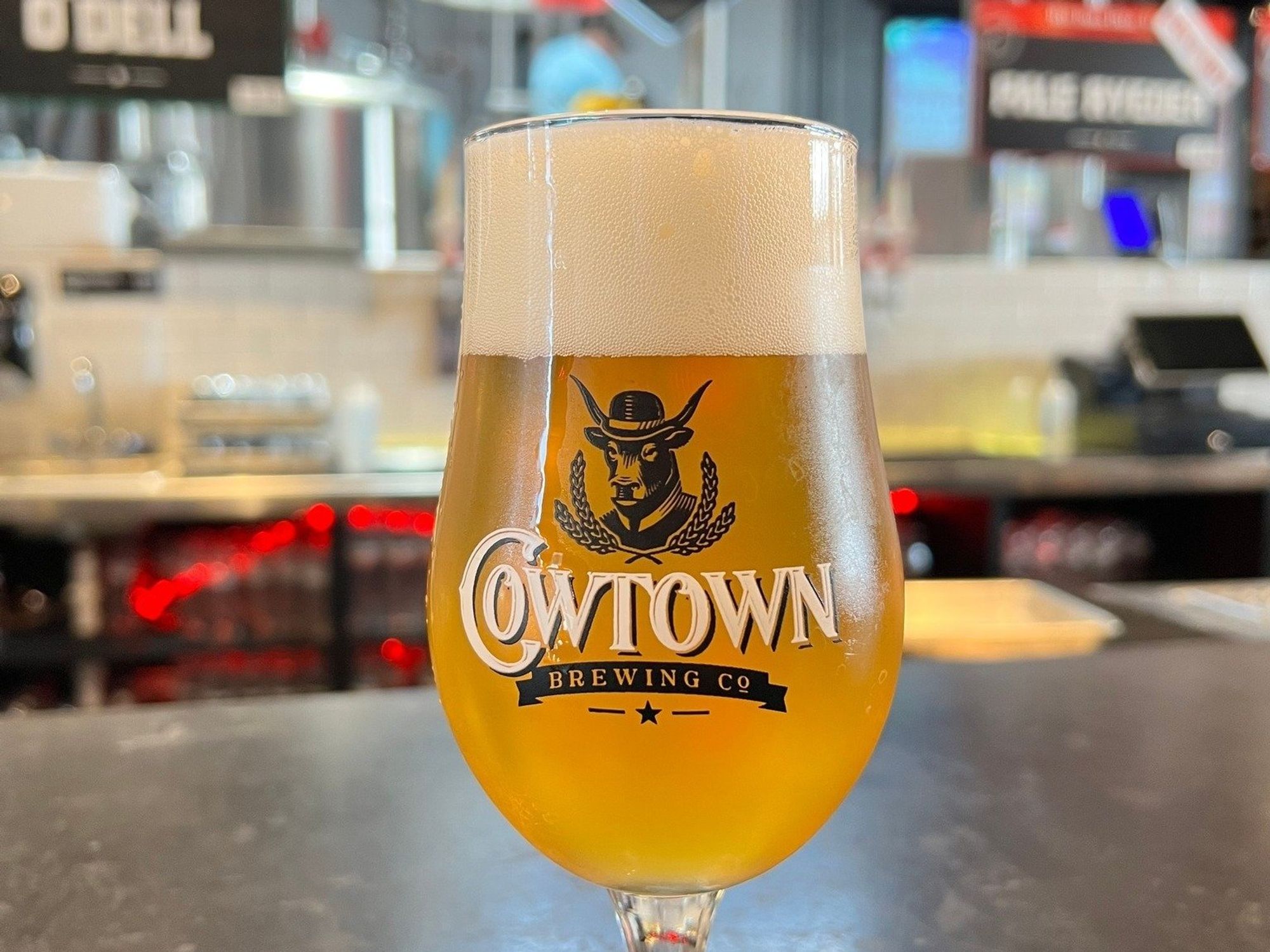Go to a Distillery in Galveston: Crafting the Finest Spirits
Go to a Distillery in Galveston: Crafting the Finest Spirits
Blog Article
Unlocking the Mysteries of Distillery Processes: A Comprehensive Review
Within the world of distillery processes lie complexities that frequently stay veiled to the laid-back onlooker. As we venture right into the midsts of spirit aging methods and the precision of top quality control steps, a tapestry of fragrances and flavors arises, formed by time-honored customs and innovative techniques.
The Art of Mashing and Fermentation
In the distillery procedure, the art of mashing and fermentation plays an essential function in changing raw materials right into the initial stages of alcohol manufacturing. Mashing entails the process of damaging down the starches in grains like rye, corn, or barley, right into fermentable sugars.
Yeast, an essential player in this stage, is included to the wort to kickstart the fermentation process. This transformative process usually takes a number of days to complete, depending on the preferred alcohol material and flavor account.
Mashing and fermentation are detailed procedures that set the foundation for the alcohol that will eventually be distilled and matured to create a final product with distinctive attributes and flavors.
Recognizing the Purification Process
One of the essential stages in the production of alcohol involves understanding the distillation procedure. Purification is a method made use of to different alcohol from the fermented liquid, commonly via heating and cooling down processes. During distillation, the fermented liquid is heated in a still, creating the alcohol to evaporate at a lower temperature level than water because of its reduced boiling point. The vapor is then collected and cooled down back into fluid type, leading to an extra concentrated alcohol content.
Comprehending the distillation process is important for distillers to manage the quality, stamina, and preference of the alcohol being produced. By mastering the art of purification, distilleries can produce a variety of spirits with distinct attributes that appeal to different customer choices.
Tricks of Spirit Aging Methods
Checking out the complexities of spirit aging techniques unveils the hidden virtuosity behind the growth of nuanced tastes and fragrances in distilled beverages. The aging process is an important stage in the manufacturing of spirits, where the liquid interacts with the oak barrels, soaking up substances that enhance its profile over time. Distilleries often utilize charred oak barrels, which impart unique flavors to the spirit with a procedure of extraction and oxidation.
Furthermore, the ecological problems in which the barrels are stored play a substantial duty in forming the end product. Changes in temperature and humidity can influence the price of aging and the interactions between the spirit and timber. Master distillers masterfully browse these variables to craft spirits with distinctive personalities, embodying the culmination of innovative strategies and classic customs.
Quality Assurance and Screening Methods
The precise workmanship showed in controlling and choosing barrels aging durations in the spirits manufacturing procedure highlights the crucial relevance of rigorous quality assurance procedures and accurate screening techniques (Galveston Whiskey). Quality assurance in distilleries involves multiple stages to guarantee that each set fulfills the wanted criteria. From raw product examination to end product evaluation, each step is important in preserving consistency and quality
One vital aspect of top quality control is sensory examination, where experienced specialists assess the fragrance, taste, and overall top quality of the spirits. Chemical evaluation methods such as gas chromatography and mass spectrometry click here for info are utilized to spot any type of pollutants or inconsistencies from the wanted composition. In addition, physical tests like density dimensions and pH analysis supply more insights right into the item's characteristics.
To assure adherence to interior requirements and regulatory needs, distilleries likewise perform microbiological testing to check for any microbial contamination that could affect the item's safety and service life. By executing robust quality control and testing methods, distilleries can support their credibility for generating premium spirits consistently.
Exploring One-of-a-kind Taste Infusions

In the process of taste infusion, the chosen botanicals are included in the base spirit and entrusted to emaciate or steep for a specific duration. This allows the alcohol to remove the flavors and important oils from the botanicals, resulting in a harmonious blend of preferences (Breweries in Galveston Texas). Distilleries may additionally employ methods like vapor mixture or basket infusion during purification to give details flavors to the spirit
Furthermore, some distilleries go with barrel aging or barrel completing techniques to present extra complexity and depth to their spirits with communications with the wood. These techniques add to the creation of distinct taste profiles that appeal to a discerning audience looking for novel and memorable drinking experiences.
Verdict
In conclusion, the distillery processes include detailed steps such as mashing, fermentation, flavor, purification, and you could try this out aging infusions. Quality assurance and testing techniques are critical in making sure the last item fulfills criteria. Comprehending the science behind these processes is vital for generating top notch spirits. By unlocking the mysteries of distillation, distillers can create one-of-a-kind and delicious spirits that Recommended Site interest a vast range of consumers.
As we venture right into the midsts of spirit aging methods and the precision of quality control steps, a tapestry of scents and tastes emerges, shaped by classic customs and ingenious techniques. Distilleries often use charred oak barrels, which impart unique flavors to the spirit through a procedure of removal and oxidation.Making use of a varied array of components and botanicals, distilleries can craft special taste mixtures that set their spirits apart in an affordable market. Seawall Bar.In the process of flavor infusion, the selected botanicals are added to the base spirit and left to emaciate or high for a specified duration. Distilleries may likewise employ strategies like vapor infusion or basket mixture throughout distillation to pass on particular flavors to the spirit
Report this page